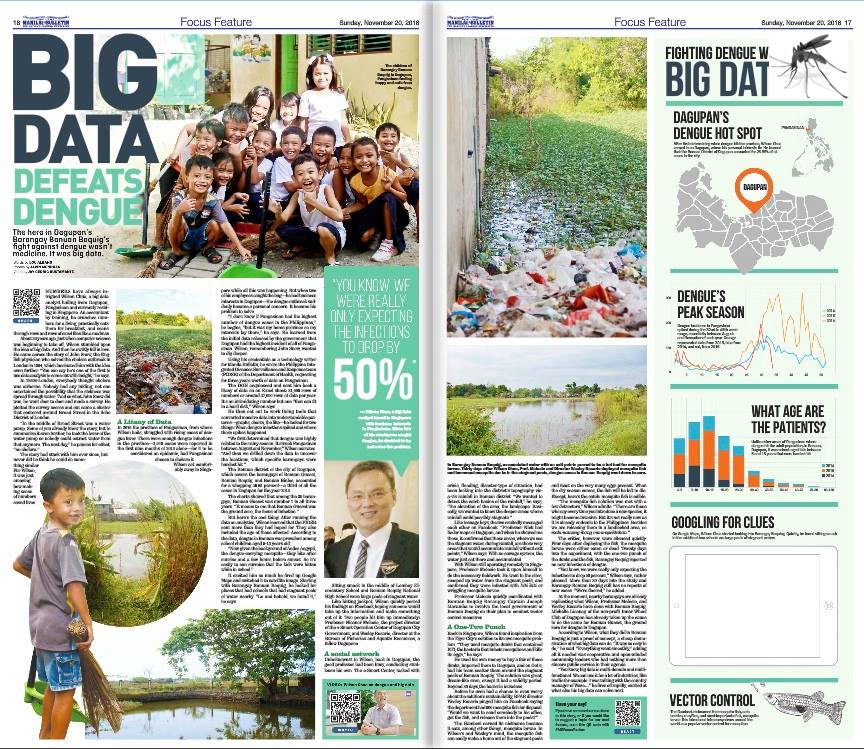Our clients typically need to quickly complete their machine learning projects. They also need to be flexible and nimble without adding head counts. Our outsourced data preparation service takes care of your ETL tasks (Extract, Transform, Load) and delivers quick and accurate data for their needs. We help with the 80% part that slows down the analytics portion.
This 80% typically involves :
Data preparation tasks like Data Digitization, Data Aggregation/Consolidation, Data Entry, Data labeling.
Our trained and experienced teams off load these tasks and help your team accelerate your data analytics projects. We understand your needs. We can work with Microsoft Access, PDF files, Excel, Statistical files and connect to data on Amazon Athena, Aurora, EMR Hadoop Hive, Redshift, Microsoft Azure, Apache Drill, Aster Database, Cloudera Hadoop, Denodo, EXASOL, Google Cloud, Horton works Hadoop Hive, IBM DB2, IBM PDA (Netezza) and more!
Data Digitization is involved with scanning paper based forms and applying OCR with human editors to ensure that the digitized data is accurate. Most often, data are in different silos. Our teams can consolidate this into one dataset for your teams to work on.
Typical Tasks at this stage includes:
- Cleansing
(Correcting inconsistent Data, renaming field names and formatting, outliers and grouping common values) - Integration
(Union and Joins of various input sources) - Transformation
(Aggregation, creating new calculated fields, pivot data, creating links among data sources and reshaping data) - Annotation
Data, Text, Image, Video, Audio labeling service to provide your machine learning project with Labeled Data. - Reduction
(removal of unwanted data)
Data Entry involves human intervention in completing those missing values that would otherwise invalidate the records. Data editing is also needed to normalize the inputs as well.
Finally, data labeling (Annotation) helps you train your AI process. Our teams have labeled hundreds of thousands of images for past projects.

Finally, our project managers have data analytics background that understands your team’s need for data quality. Contact us for a zoom conference to find out more.

